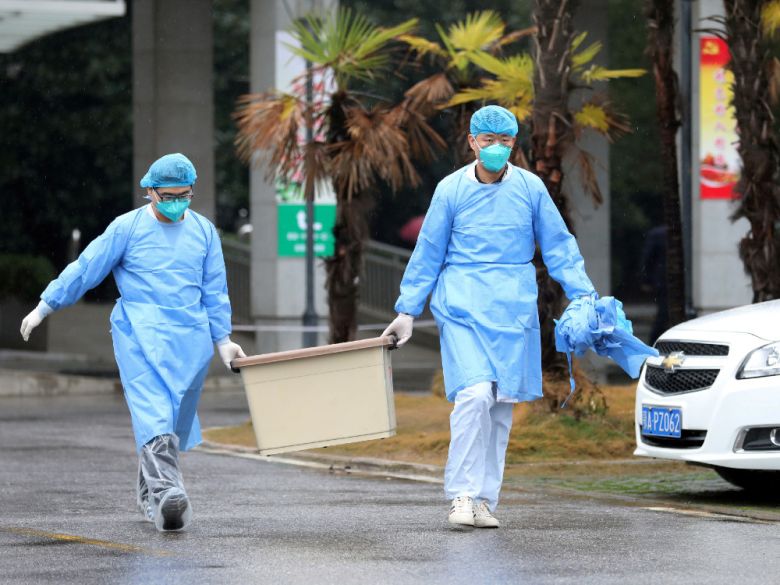Researchers identify two novel coronavirus strains

A few minutes every morning is all you need.
Stay up to date on the world's Headlines and Human Stories. It's fun, it's factual, it's fluff-free.
Chinese researchers have identified two different types of novel coronavirus (nCoV) strains. In a study published on March 3, researchers at Peking University’s School of Life Sciences and Institut Pasteur of Shanghai (IPS) indicated that 70% of the coronavirus strains tested were of a more aggressive type than the other 30%.
However, the frequency of the more aggressive strain was found to be decreasing from early January. Researchers believe that the coronavirus strains developed variations after going through mutations and natural selection along with recombinations.
Surfaces and air vents
According to another study published in the Journal of the American Medical Association (JAMA), researchers found that strains of coronavirus linger on surfaces in rooms until cleaned with a disinfectant.
The Singaporean study was conducted after dozens of healthcare workers and other patients were infected by the virus.
The study also shows that people are at risk of getting infected not only from coughing but also from contaminated surfaces in common areas, including toilets as stool can be a route for transmission. The JAMA study further found that although air samples collected from an isolation room tested negative for coronavirus, swabs from the air exhaust outlets tested positive. The finding suggests that air droplets can be carried by air flows and hang onto air vents.
Numbers around the world

The virus has infected at least 95,000 people worldwide since its outbreak began in late December. A total of 3,286 people have died from the virus globally as of March 5, although the bulk of the fatalities come from China – the country of origin.
China has reported a slowdown in the number of infected patients and is currently more concerned about Chinese nationals returning from other virus-hit countries. China has reported 15 confirmed imported cases, stemming from the arrival of Chinese citizens who worked at an Italian restaurant in Bergamo and those who have visited Iran, United Kingdom and Hong Kong.
Chinese health officials say they did not anticipate a scenario where the virus would be exported to the world and later return to China. “We anticipated the beginning but failed to anticipate the end. We thought as long as China controlled the situation, the world would be spared the disaster; but now that the outbreak in China is gradually under control, a mess is growing in the world,” said Dr. Zhang Wenhong, director of Huashan Hospital’s Department of Infectious Disease.
[article_ad]




Comments ()